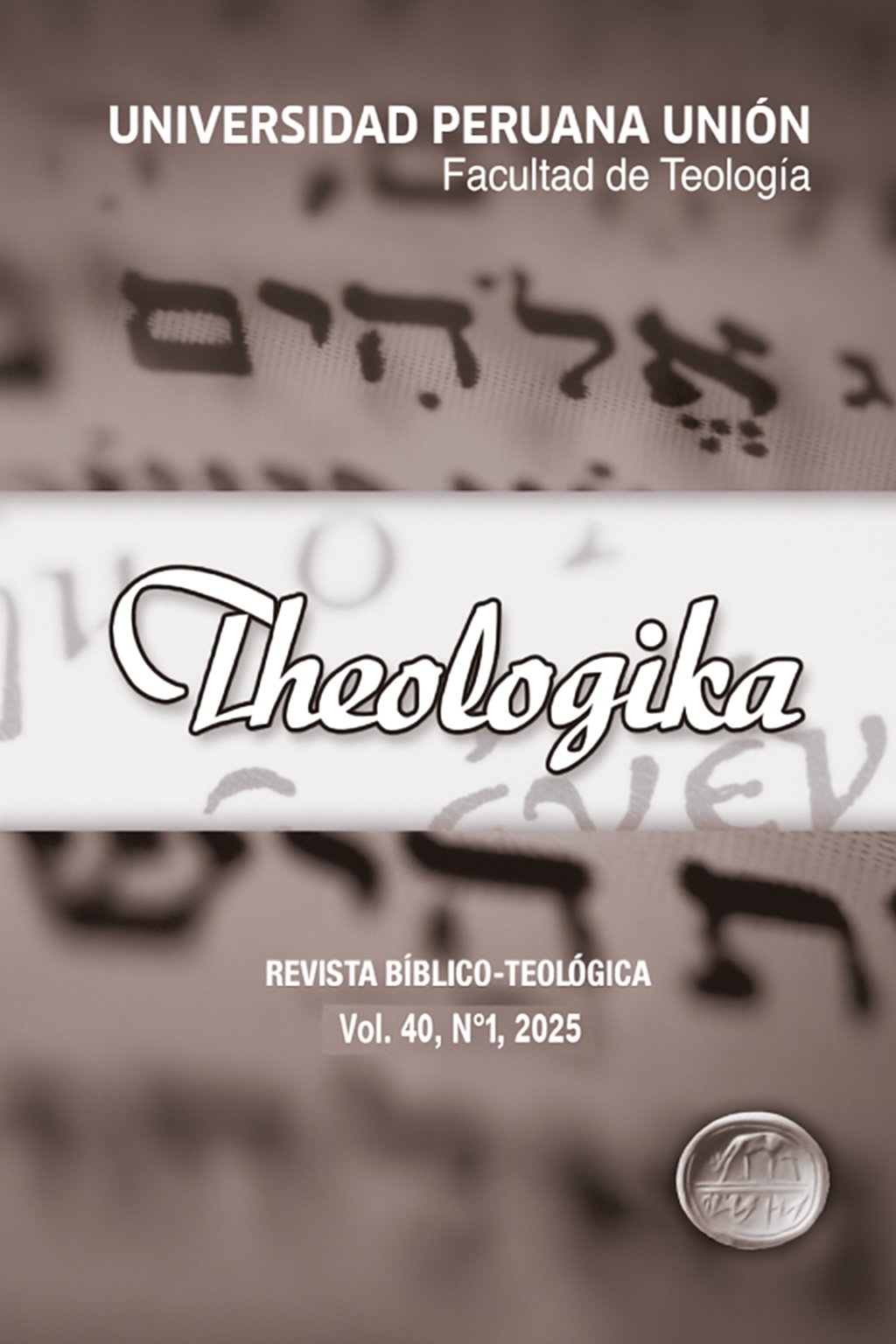The Testament of Jacob: A Morphosyntactic Analysis
Un análisis morfosintáctico
DOI:
https://doi.org/10.17162/r4zs6r56Keywords:
Génesis 49, Rubén, Judá, Acentos Masoréticos, Sintaxis Hebrea, Análisis estructural, Linguística del hebreo bíblicoAbstract
This exploratory article proposes a linguistic analysis of portions of the text in Gen 49:1–28, focusing on the introduction, conclusion, and the blessings to Reuben and Judah. The research examines macro-syntactic markers, verbal peculiarities, Masoretic accents (teamim), and a structural analysis of the relations of subordination and coordination between clauses, as well as the connection among these aspects. Through the study of the teamim, the article shows how the accents not only indicate musicality and syllabic emphasis, but also delineate the syntactic structure of the Hebrew text. The structural analysis complements this approach, highlighting the symmetries and emphases that may be overlooked in a casual reading. In sum, the study demonstrates that readings mediated by the teamim and by structural analysis are complementary, offering a richer perspective on the biblical text.
Downloads
Downloads
Published
Issue
Section
License
Copyright (c) 2025 Diogo Cavalcanti

This work is licensed under a Creative Commons Attribution-NonCommercial 4.0 International License.
- The authors retain their copyright but assign to the journal the right of the first publication, with the work registered under the Creative Commons attribution non commercial (CC BY NC) license, which allows third parties to use the published information for non commercial purposes as long as they mention the authorship of the work and that it was first published in this journal.
- Authors may make other independent or additional contractual arrangements for non-exclusive distribution of the version of the article published in this journal (eg, include it in an institutional repository or publish it in a book) as long as it clearly indicates that the work was first published in this journal.
- Authors are encouraged and advised to publish their work on the Internet (for example, on institutional or personal pages) before and during the review and publication process, as it can lead to productive exchanges and a greater and faster dissemination of the published work (see The Effect of Open Access).





